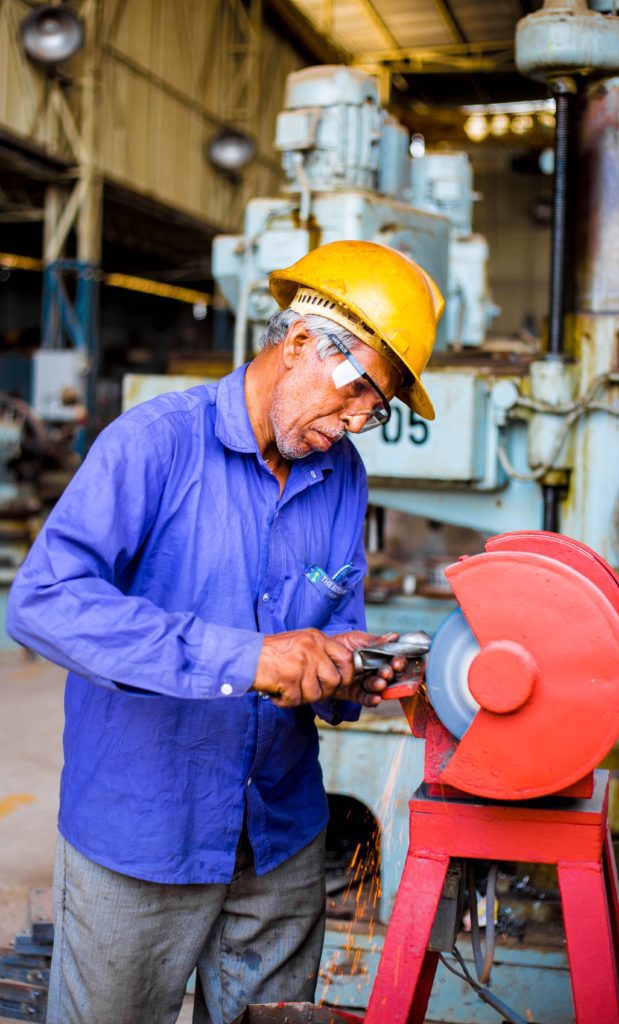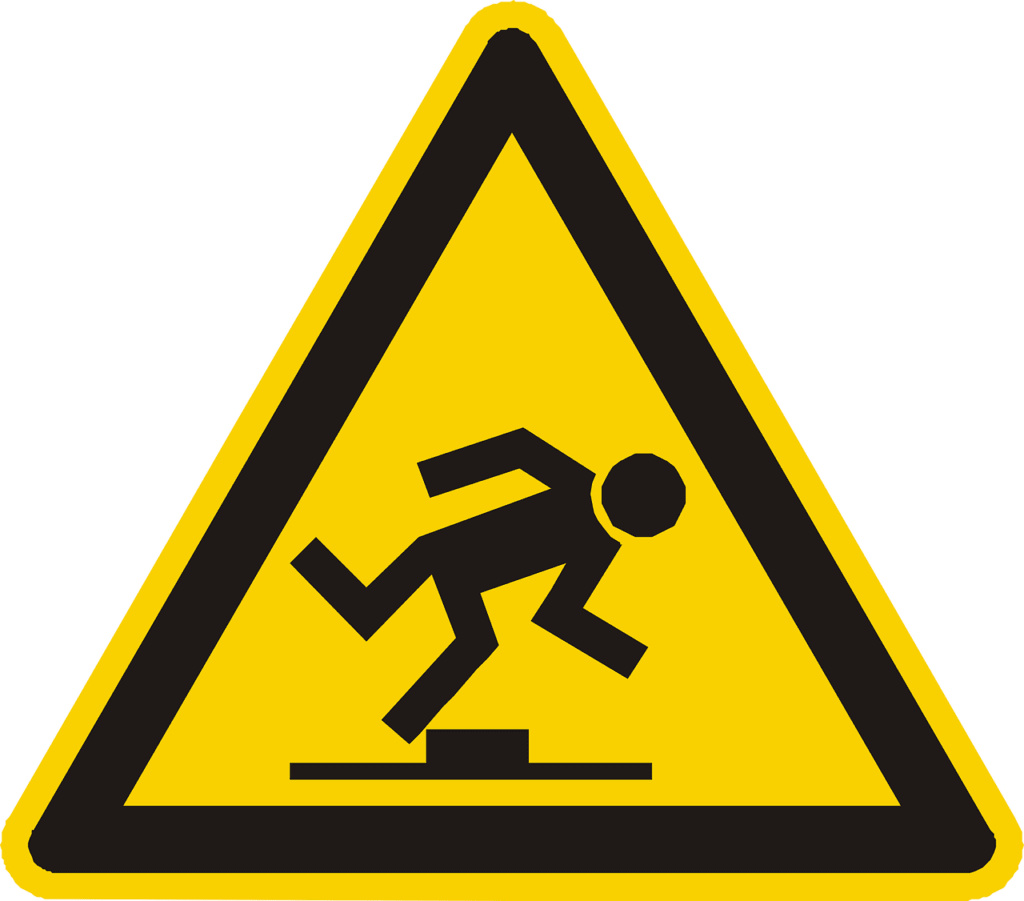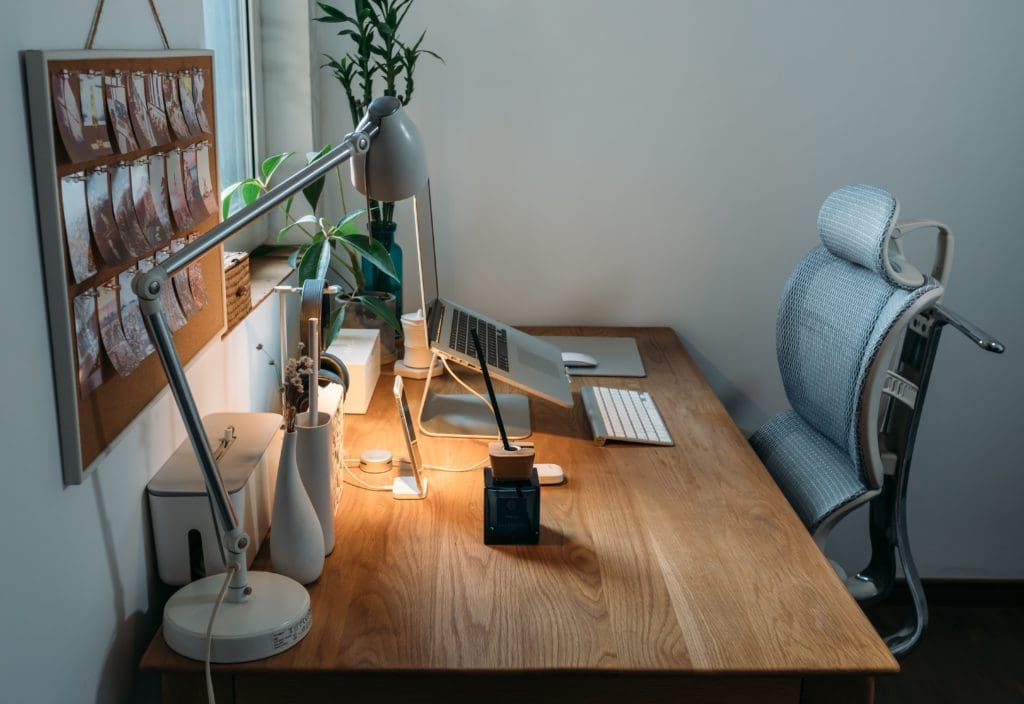The value of having older workers in the workplace is something that can’t be denied. The number of workers over 65-years-of-age has grown in recent years and continues to grow.
They have fewer accidents and bring experience to the table that younger workers don’t possess because they’re so young.
In today’s world, we have everything from the locker package room in hotels, motels, and apartment buildings to keep packages safe, so keeping older workers safe should be important as well. However, with hiring older workers comes the responsibility of making sure they are working in a safe and healthy environment. In this blog, you’ll find a few tips for keeping older workers healthy, happy, and safe on the job.
Table of Contents
Match the Task to the Ability

When an older worker is hired, it’s clear that they aren’t going to be able to do the same tasks that a younger worker can accomplish with ease. If they’re given self-paced work, self-directed breaks, and fewer tasks that are repetitive, it’s easier and safer for them during the workday.
Always Keep Everything Sanitized
It’s been preached over and over again that everything in a workplace should be kept sanitized and germ-free. Since it’s easier for older workers to catch colds, the flu, and other illnesses, it’s important to keep your business properly cleaned and sanitized. It’s also important that all of your employees, not just the older workers, know proper safety precautions to follow, such as washing their hands, staying home when sick, and cleaning their area every day so you minimize the risk to your older workers as much as you can.
Manage any Possible Hazards

When you’re assessing hazards in the workplace, make sure you’re assessing them properly for your older workers as well. For example, a work environment that is extremely noisy might not bother a 20-year-old, but it could very well be horrible for a 60-year-old.
Think of Ergonomics
Some examples of considering the ergonomics for older workers include the following:
- Better illumination
- Computer screens and surfaces that have very little glare
- Ergonomic workstations and tools
- Adjustable seating arrangements, such as chairs
It’s important to note that older workers need more ergonomic accommodations and to make sure you do all that you can to accommodate them as well. It’s also important to train your managers and supervisors on the importance of knowing the issues that come with the aging workforce and how to properly address those issues as well.

Provide Guidance When Needed
Many times, it’s easy to overlook and forget about the older population in a business. It’s important to remember that they might need guidance and just be too proud to ask for it. For example, a lot of the older workforce doesn’t know that much about computers but is too proud to ask for help with emails, spreadsheets, and other technological things. Making sure that you, your supervisors, and other employees are there to help will go a long way toward making your older workers comfortable in a tech environment.
Keep an Eye Out for Problems
Just as older workers might need guidance, they may also be too proud to admit to being tired or sick. Keep a special eye out for these issues with your older employees, as when they’re out sick. You’ll find out just how much you truly need them.
These are just a few tips for dealing with your older working population to ensure they are happy, healthy, and safe. In a world that is increasingly chaotic, it’s best to keep an eye on the employees you have and keep them happy, and that includes your older workers as well. Don’t forget to get workers’ compensation insurance for those unavoidable accidents.
Featured Image by ds_30 from Pixabay




